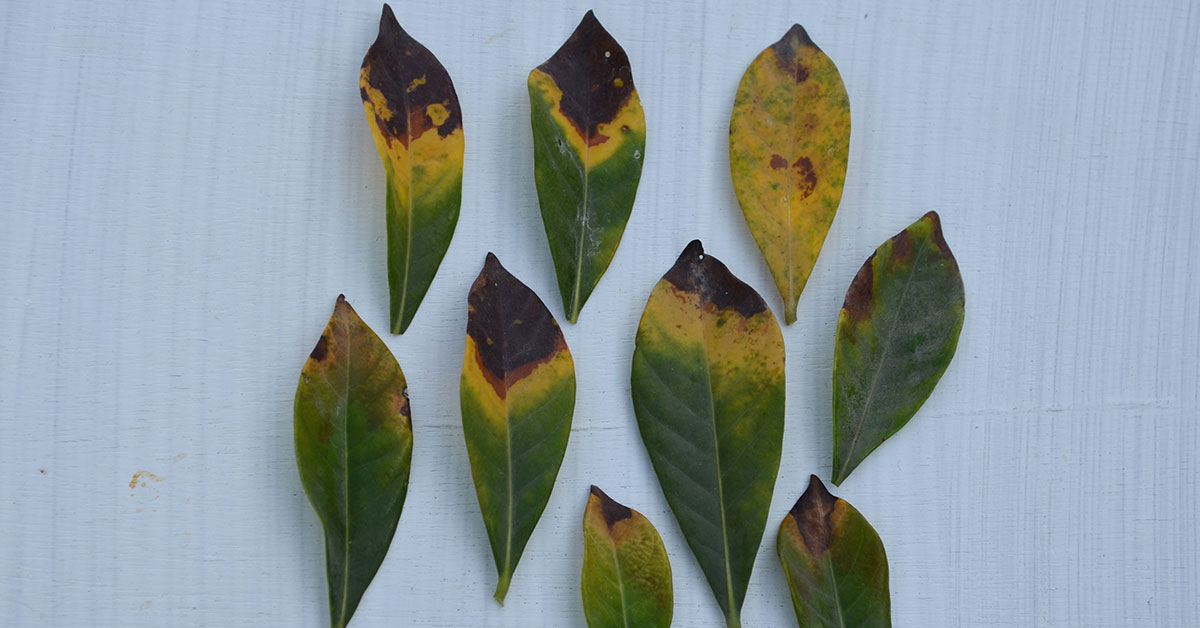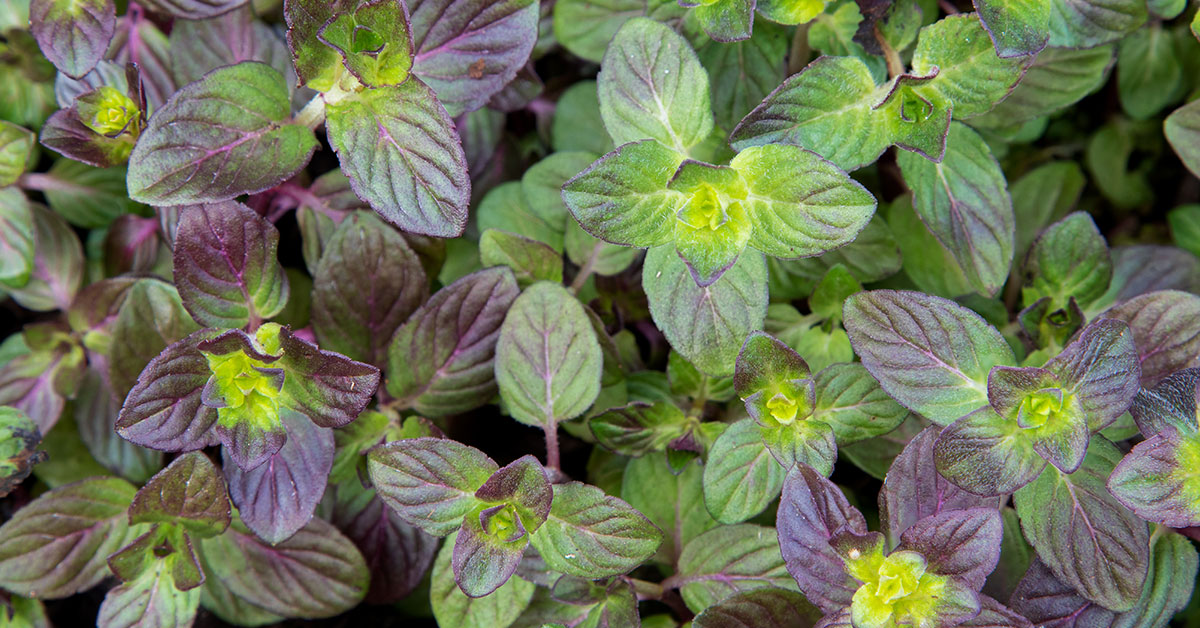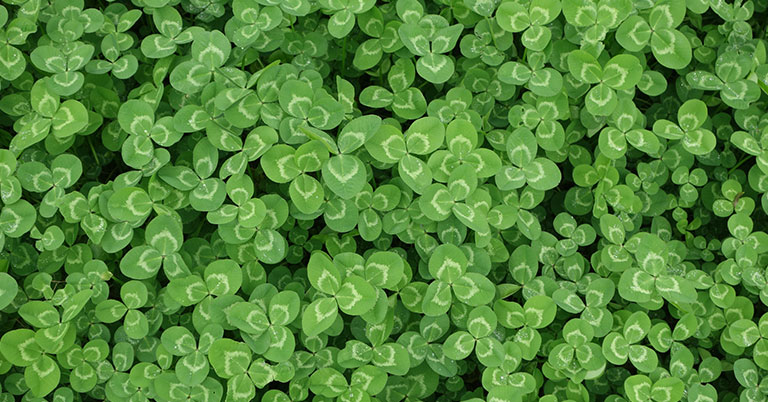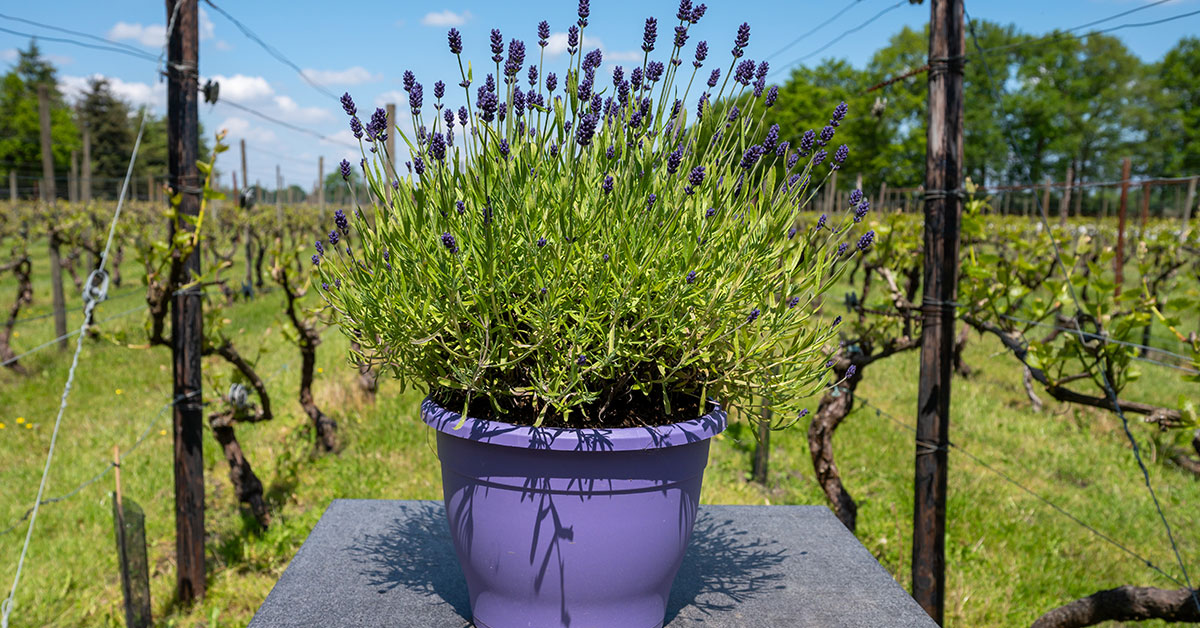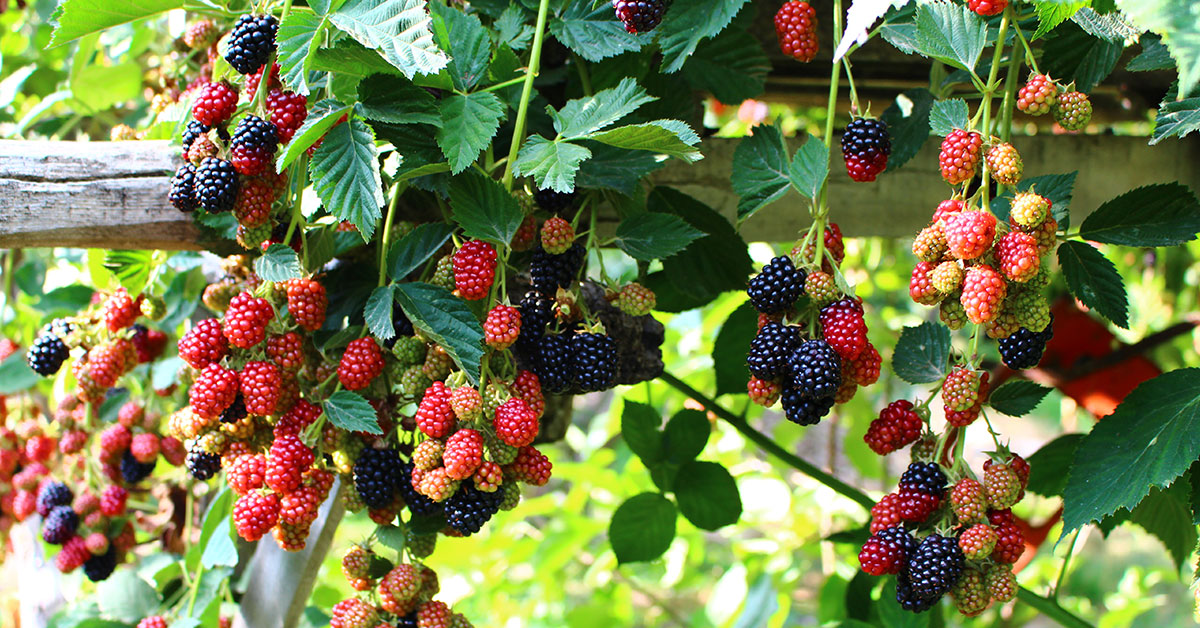Fertilizing is a crucial aspect of gardening, providing essential nutrients to help your plants thrive. However, it’s easy to make mistakes that can harm or even kill your plants. Understanding these common errors can save you a lot of heartache and ensure your garden flourishes. As a passionate gardener, I’m excited to share these tips with you so you can avoid the pitfalls and enjoy a beautiful, healthy garden!
In this article, we’ll explore ten fertilizing mistakes that can be detrimental to your plants. By knowing what to watch out for and how to correct these mistakes, you can provide the best care for your plants. Let’s dive in and make sure your fertilizing practices are spot on!
Over-Fertilizing
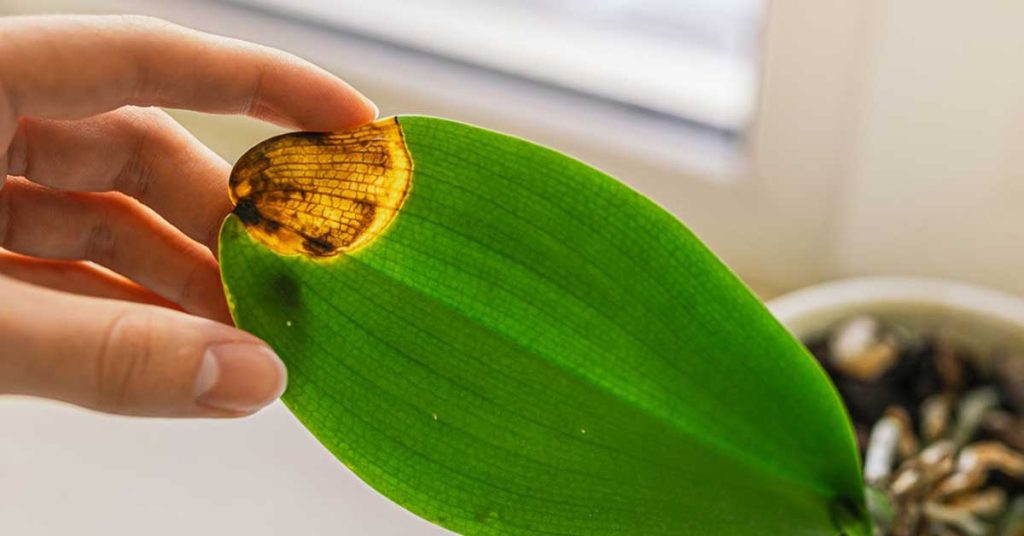
One of the most common mistakes is over-fertilizing your plants. Adding too much fertilizer can lead to nutrient burn, where the edges of the leaves turn brown and crispy. This can stress your plants, weaken their immune systems, and even kill them if not corrected.
To avoid over-fertilizing, always follow the recommended application rates on the fertilizer package. If you’ve already applied too much, flush the soil with plenty of water to help leach out the excess nutrients. Moving forward, consider using a slow-release fertilizer, which provides nutrients gradually and reduces the risk of over-fertilization.
Under-Fertilizing
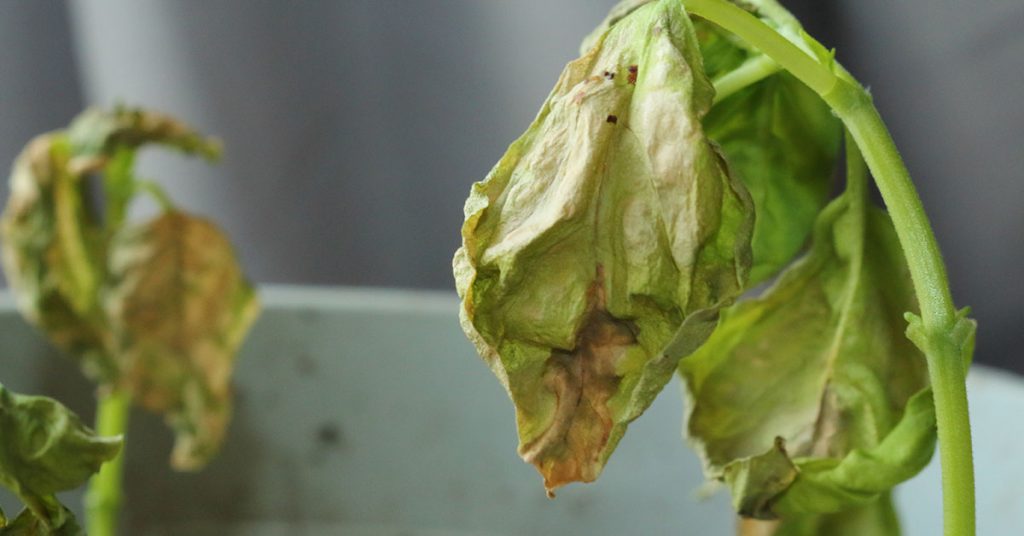
On the flip side, under-fertilizing can leave your plants starved for nutrients, leading to stunted growth and poor health. Signs of nutrient deficiency include yellowing leaves, weak stems, and poor flowering or fruiting.
To avoid under-fertilizing, regularly test your soil to determine its nutrient levels and follow a fertilization schedule that meets your plants’ needs. If you suspect your plants are under-fertilized, apply a balanced, all-purpose fertilizer and monitor their response. Adjust your fertilization practices based on their growth and health.
Using the Wrong Type of Fertilizer
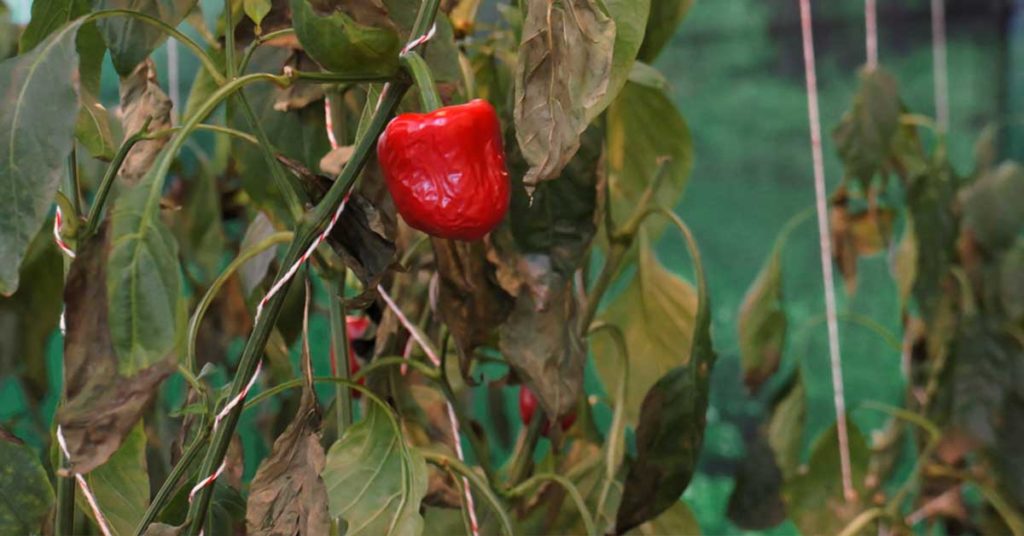
Different plants have different nutrient requirements, and using the wrong type of fertilizer can harm them. For example, using a high-nitrogen fertilizer on flowering plants can result in lush foliage but few flowers.
To avoid this mistake, choose a fertilizer that matches your plants’ specific needs. For instance, use a high-phosphorus fertilizer for flowering plants and a high-potassium fertilizer for root vegetables. If you’ve already used the wrong fertilizer, switch to the correct one and give your plants time to recover.
Fertilizing at the Wrong Time
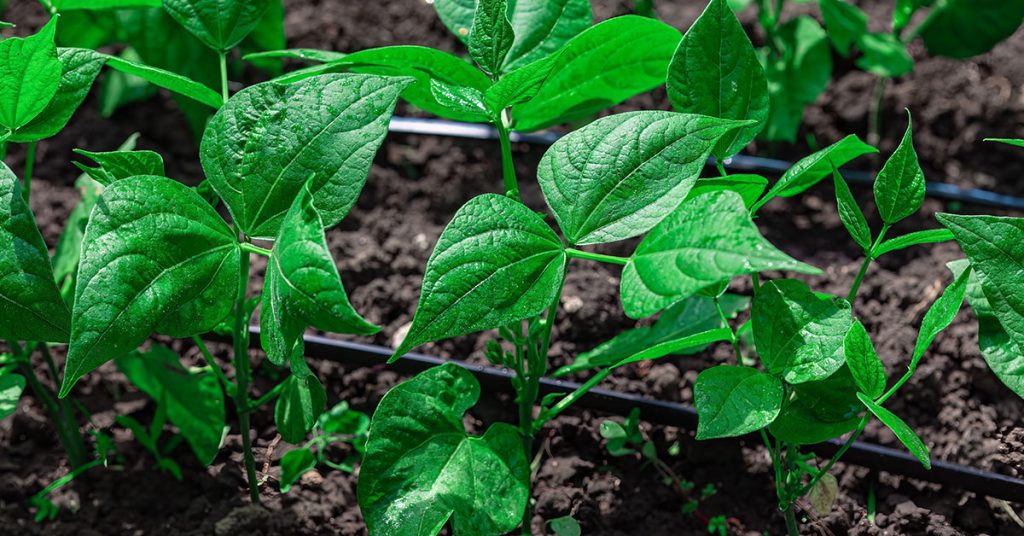
Timing is crucial when it comes to fertilizing. Applying fertilizer at the wrong time can be ineffective or even harmful. For example, fertilizing during a drought can stress your plants, and fertilizing late in the season can encourage new growth that may not survive the winter.
To avoid this mistake, fertilize according to the growth cycle of your plants. Typically, it’s best to fertilize in the spring and early summer when plants are actively growing. If you’ve fertilized at the wrong time, hold off on further applications and wait for the appropriate season to resume.
Not Watering After Fertilizing
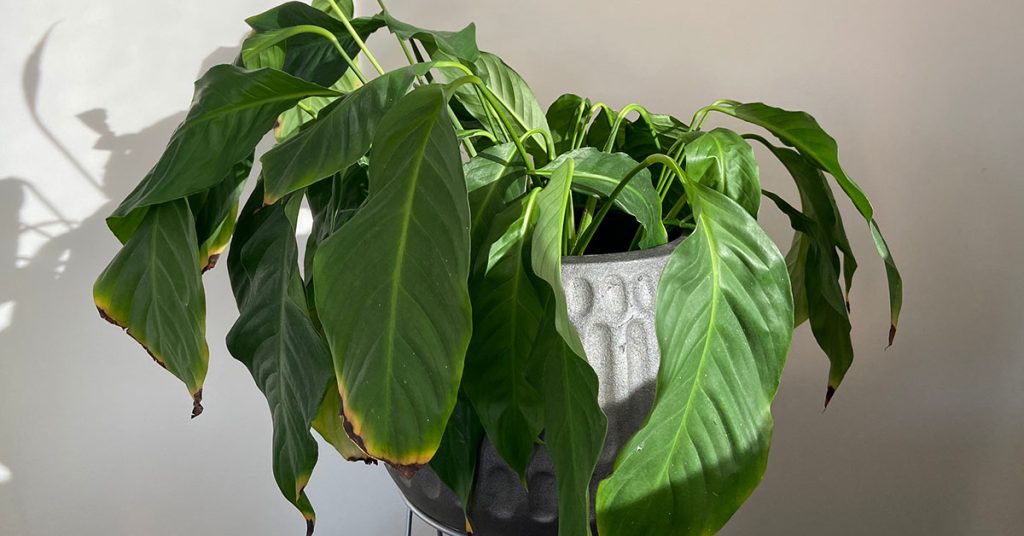
Failing to water your plants after fertilizing can cause fertilizer salts to build up in the soil, leading to root burn and plant damage. This is especially important when using granular fertilizers that need to be dissolved in water to be effective.
To avoid this mistake, always water your plants thoroughly after applying fertilizer. This helps to dissolve the fertilizer and carry it down to the root zone. If you notice signs of fertilizer burn, flush the soil with water to dilute the salts and help your plants recover.
Ignoring Soil pH
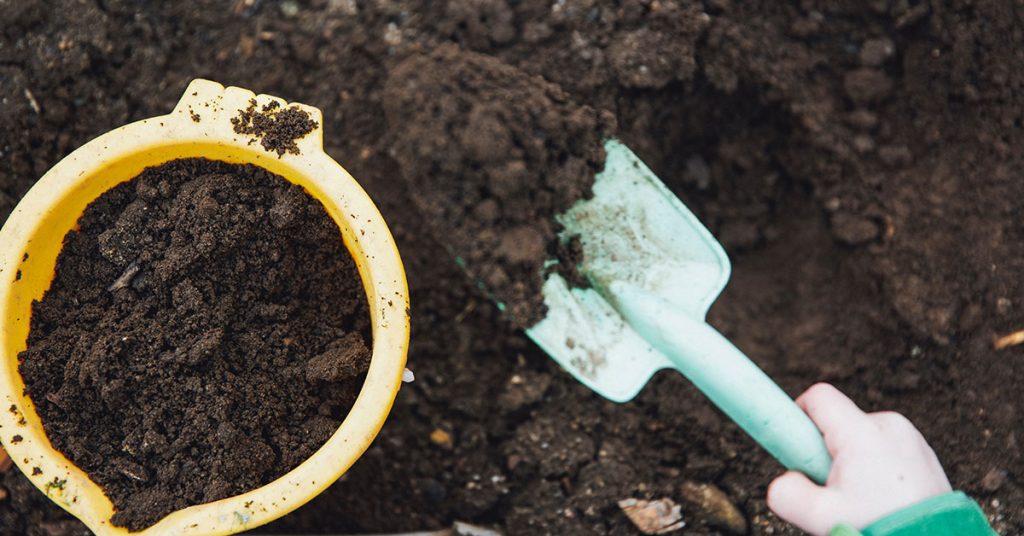
Soil pH affects nutrient availability, and fertilizing without considering soil pH can lead to nutrient imbalances. For example, certain nutrients become less available in acidic or alkaline soils, causing deficiencies even if you’ve applied fertilizer.
To avoid this mistake, test your soil’s pH regularly and adjust it as needed before fertilizing. Use lime to raise soil pH or sulfur to lower it. If you’ve already fertilized without addressing pH, correct the pH and reapply fertilizer to ensure your plants can access the nutrients they need.
Applying Fertilizer Too Close to the Plant
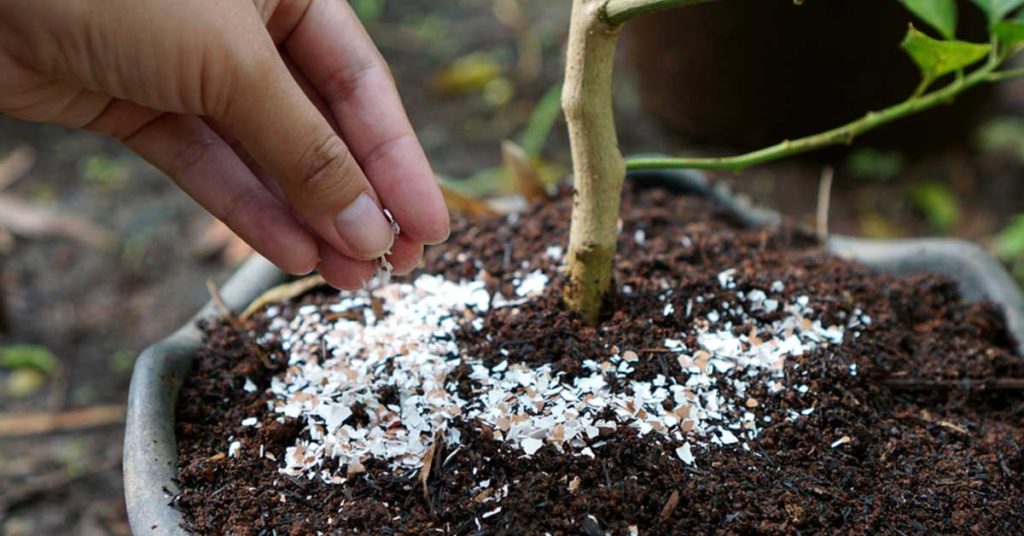
Applying fertilizer too close to the plant can damage the roots and cause nutrient burn. This is especially true for young plants with tender roots that are more susceptible to injury.
To avoid this mistake, apply fertilizer evenly around the drip line of the plant, where the roots can easily access the nutrients. If you’ve already applied fertilizer too close, gently flush the area with water to dilute the concentration and prevent root damage.
Using Fresh Manure
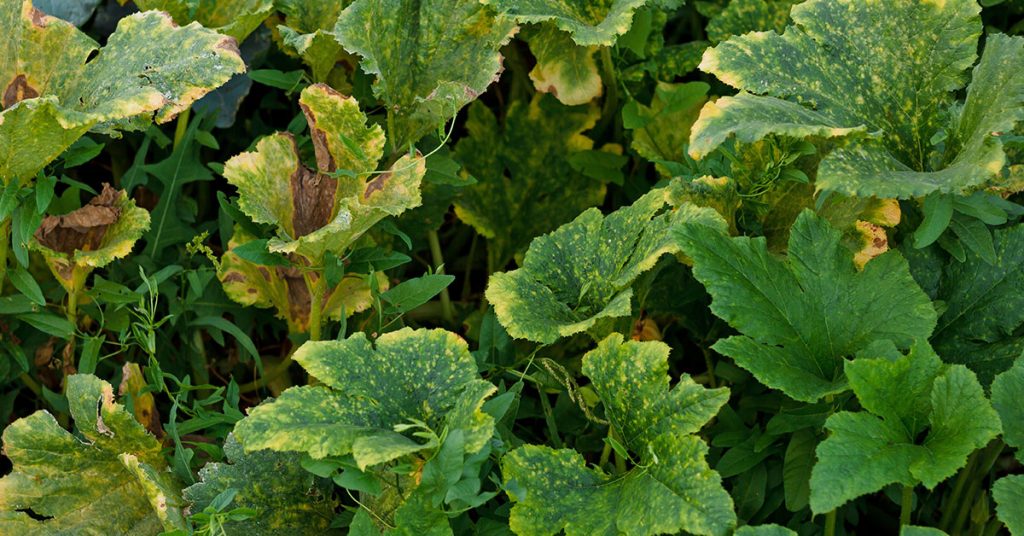
Fresh manure can be too strong for plants, causing nutrient burn and introducing harmful pathogens. It also tends to be high in nitrogen, which can harm plants if not properly composted.
To avoid this mistake, always use well-composted manure that has aged for at least six months. Composting reduces the risk of nutrient burn and kills off harmful bacteria. If you’ve used fresh manure, water the area thoroughly to dilute the nutrients and consider applying composted manure in the future.
Overlooking Micronutrients

While primary nutrients (nitrogen, phosphorus, potassium) are essential, plants also need micronutrients like iron, manganese, and zinc. Overlooking these can lead to deficiencies that affect plant health.
To avoid this mistake, use a balanced fertilizer that includes micronutrients or supplement with specific micronutrient fertilizers as needed. If you suspect a micronutrient deficiency, conduct a soil test and apply the appropriate micronutrient to correct the imbalance.
Not Following Fertilizer Instructions
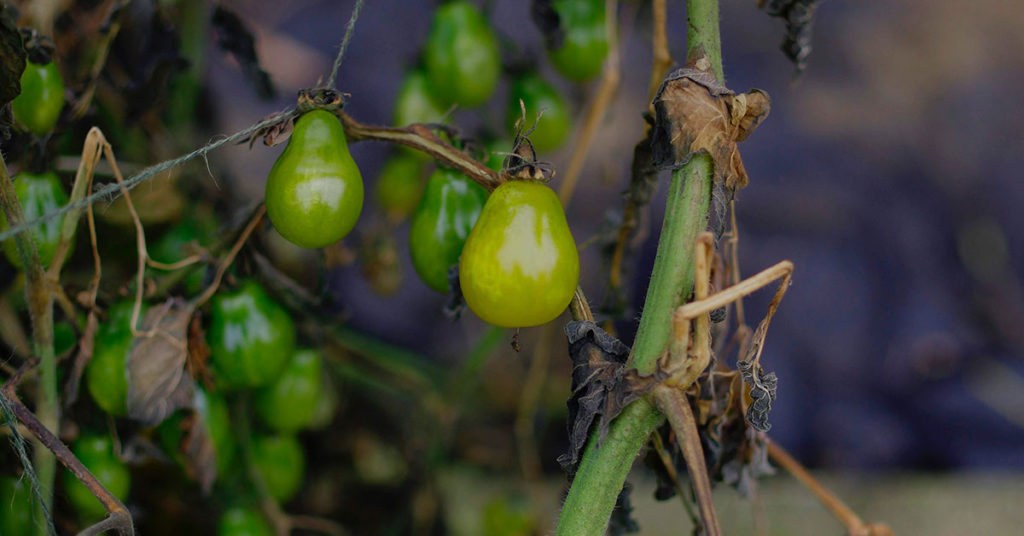
Fertilizer instructions are there for a reason! Not following them can lead to over- or under-fertilizing, using the wrong application method, or applying at the wrong time.
To avoid this mistake, always read and follow the instructions on the fertilizer package. This includes the recommended application rate, method, and timing. If you’ve made a mistake, adjust your fertilization practices according to the instructions and monitor your plants for any signs of stress or improvement.
By avoiding these common fertilizing mistakes and following best practices, you can ensure your plants receive the right nutrients at the right time, promoting healthy growth and vibrant blooms.


